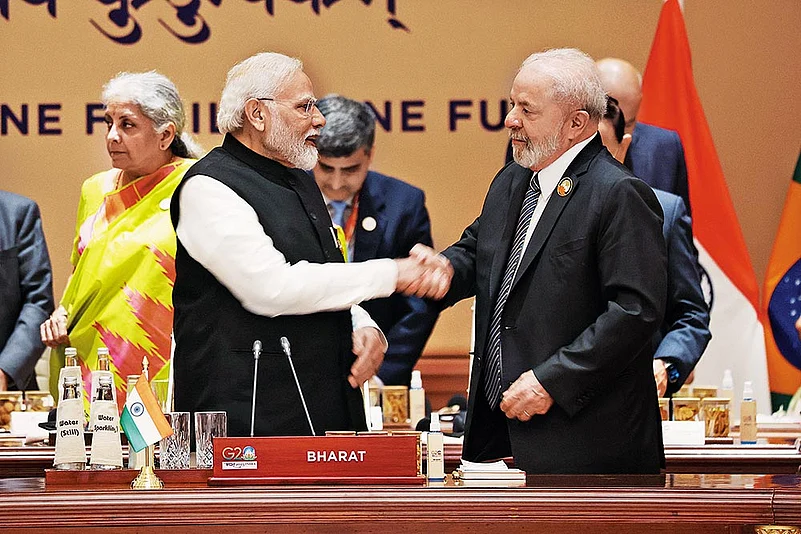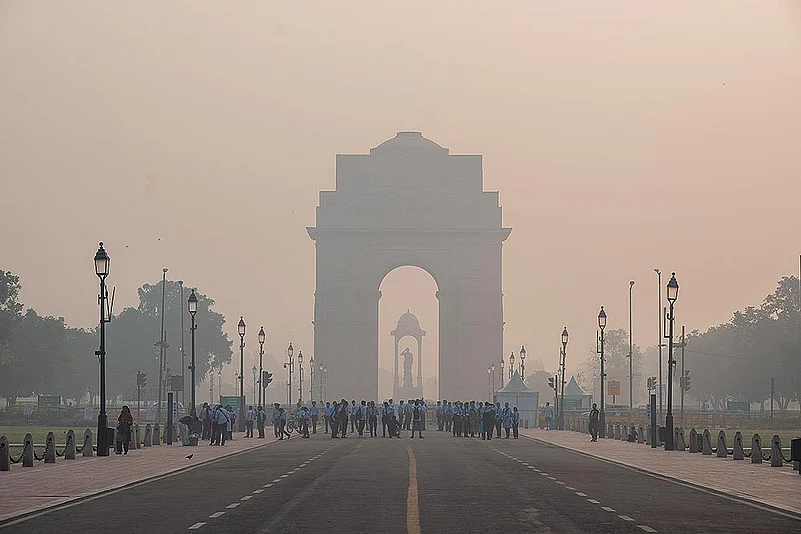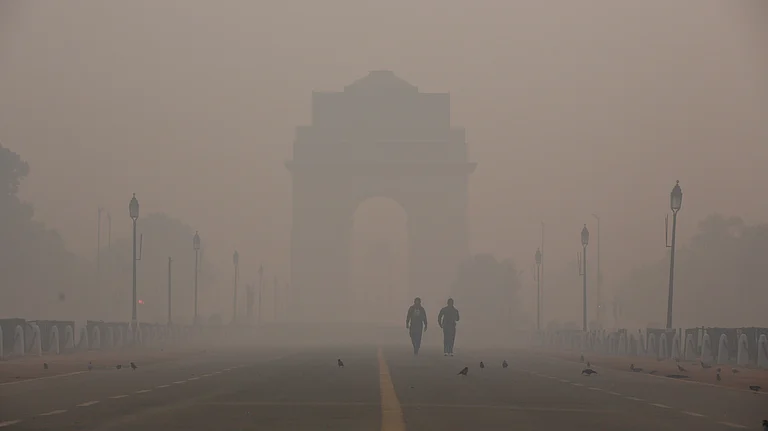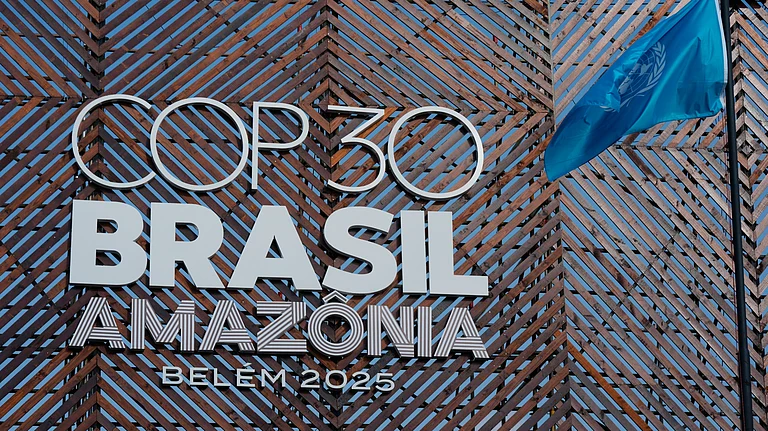Initiating a ripple effect in building climate-resilient health-care systems involves introducing small, well-thought-out strategic changes that can yield substantial and beneficial results in the long run. These concepts prioritise the development of resilience, sustainability and flexibility within health-care systems, holding the promise of setting off a chain reaction of favourable outcomes.
Though small in scale, each of these has the capability to create a ‘butterfly effect’ that lead to large scale and long-term commitments from nations in building climate-resilient health care infrastructure.
Can COP Help?
The Conference of the Parties (COP) meetings are crucial global platforms for addressing climate change. COP can potentially serve as a catalyst for concrete health–climate action, bringing together nations to commit to policies and strategies that protect public health from climate change impacts.
According to the World Health Organisation (WHO), the direct damage costs to health from climate change are likely to be $2–4bn per year by 2030. This will not only exacerbate poverty in underserved areas but will also lead to an increase in health inequity. It is, therefore, important to invest in health as a critical component of climate resilience. This is especially crucial for channelising concessional funds to meet the health needs of the Global South.
A Global Climate-Health Compact
COP26 saw commitment by a group of 50 countries to develop climate-resilient and low-carbon sustainable health systems to address the health impact of climate change. Going forward, such meetings could make countries commit to specific health and climate targets, such as reducing air pollution, enhancing disaster preparedness and improving healthcare access by a mutually decided deadline.
In this era marked by profound challenges of climate change and health, the imperative for a unified global response has never been more pronounced. There is a growing need for all stakeholders to work together. Governments, non-governmental organisations (NGOs) and the private sector need to collaborate on a scale that transcends borders. This collective endeavour should recognise the urgent need for comprehensive initiatives that address the multifaceted issues at the confluence of climate and health.
A global climate–health alliance can bring together a diverse array of stakeholders who share a commitment to climate and health. This includes countries from various regions, international organisations, regional health bodies, research institutions and civil society organisations.

India and Brazil: Change Through G20
During its G20 presidency, India emerged as a trailblazer in championing the intertwined imperatives of health and climate. G20 health ministers convened and recognised a fundamental truth: “Climate change will continue to drive health emergencies.” This collective acknowledgement marked a pivotal moment in global governance, a recognition that the health of our planet and the health of its inhabitants are inexorably linked.
India’s presidency served as a powerful platform for amplifying the call to action on these critical fronts. The nation showcased its commitment to addressing the multifaceted challenges posed by climate change to public health. It recognised that devastating impacts of climate change, from extreme weather events to shifting disease patterns, are not distant threats but immediate realities.

It also focused on how the impacts of climate change on health systems will be most acutely felt in low- and middle-income countries and small island developing countries. India’s leadership was not confined to rhetoric; it extended to policy initiatives that emphasise building climate-resilient low-carbon health systems.
With Brazil now leading the G20, there are expectations of concrete action. It is anticipated that Brazil will seize this pivotal moment to further advance the global agenda on health and climate.
What India Can Do
One of the ideas that India can pursue on its own is the creation of a dedicated health fund. An India health fund will be dependent on thorough research and analysis of the surrounding environment, community and the estimated ‘risk and vulnerability factor’ that can be attributed to climate change.
The need for a special fund is based on the assumption that there are unique health challenges posed by climate change and specially allocated funds can be utilised to support research, surveillance and response efforts to address climate risk.
Further, there will be a need to identify and map out vulnerable regions and communities who are disproportionately affected by the health impacts of climate change. This is necessary to recognise, strategise and allocate resources to take the needed interventions and reduce health disparities.
Further, India can create a technology stack with a focus on climate change-related resilience integrating various technologies and tools that can help mitigate the impacts of climate change, adapt to changing conditions and enhance the country’s overall resilience.











